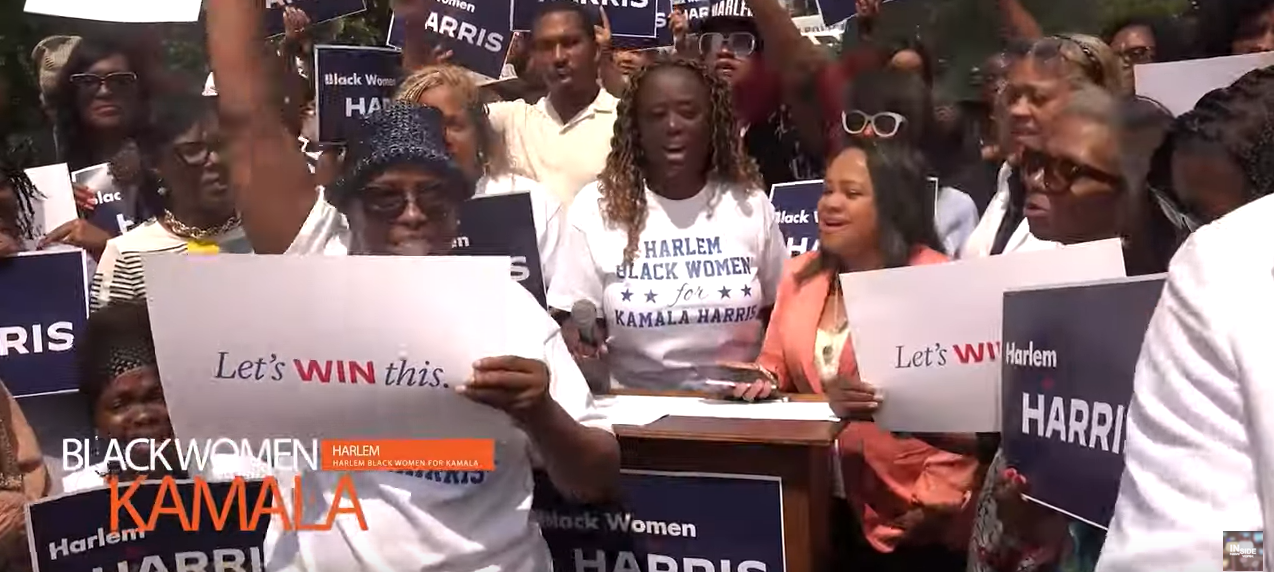On May 19th, the birthday shared by Lorraine Hansberry and Malcolm X, three great activists for social justice made their transitions: Elombe Brath who worked so closely with Gil Noble, Sam Greenlee, author of “The Spook Who Sat by the Door,” and Vincent Harding, author of several works including “There is a River.”
The value of “There is a River” begins with the first words on the first page even before we see the names of the slave ships: Brotherhood, John the Baptist, Justice, Integrity, Gift of God, Liberty, Jesus.
This information alone provides critical understanding of the deadly brutality that sickens the heart of the slaver. “There is a River” is a narrative where no space is wasted: the Introduction gives rich information regarding the author’s philosophy of life and biography, including the “long surreal night” in 1968 when he stood vigil over the body of Dr. King as it lay in state in the Spelman College chapel. Corretta Scott King would request that he become the first director of the Martin Luther King Jr. Memorial Center in Atlanta.
Vincent Harding shares philosophical views with Nigerian novelist Chinua Achebe and with South African writer Jordan Ngubane, who understand that art is constantly changing, and that art and community must never be separated. In assessing social conditions of the 1980’s, Vincent Harding expressed a sobering reality: “Considering the precarious terrain of our current lives, I am concerned about the one force that may surely stop the river: the self-destructiveness and despair that overwhelm us when we no longer know our course, no longer remember our origins.”
There continue to be forces determined to keep us from remembering, determined to keep us from knowing. But the author’s poetic voice throughout this narrative and powerful recurring images of a river flowing, sustain us and inform us and keep us from a destructive despair. From the opening quotation of a slave captain in 1701 to the final listing in fifteen pages of Select Bibliography of Books, Articles and Congressional Reports “There is a River” is an awesome document of remembrance and triumph which reveals the power of our ancestors and inspires us to act in ways that honor them.
Dozens of illustrations with captions tell critical ancestral stories. Robert Smalls, who captured the Confederate Planter is celebrated in Louise Meriwether’s novel, “Fragments of the Ark.” We see images of Dangerfield Newby, a free man who joined John Brown and Frances Ellen Watkins Harper, poet and abolitionist. Representing Frederick Douglass, a portrait and another image of him fighting a white mob in Indiana in the 1840’s.
David Walker, author of “David Walker’s Appeal” which urged the enslaved to fight for freedom, would be found murdered shortly following that publication. Samuel Cornish, editor of Freedom’s Journal, the first Black newspaper in the United States is also represented here. That iconic image of William Still from the Library of Congress recently used in the PBS video the Underground Railroad, is at the center of this volume.
Toni Morrison’s novel, Beloved, is based on the life of Margaret Garner who when cornered, killed two of her children so that they would not be returned to slavery. We learn from this history that Margaret Garner killed herself when her remaining children were taken from her. A dramatic image of that scene is included in this carefully prepared documentation. The death of Vincent Harding brings new life and light to the monumental study of enslavement in “There is a River,” where hope becomes a life-sustaining beauty that is larger than the deadly terrors of American enslavement. At the time of its Vintage publication in 1983, a critic said this history was, “Miraculously on time for the frightening present.” (Staughton Lynd).
It seems that in 2014 we continue to exist in a “frightening present” when politicians and bankers can take bread from the hungry and make homeless the home owner. The ancient teachers of Kemet advised us to copy our ancestors, to see their words endure in books. Vincent Harding has done just this. In “There is a River,” Vincent Harding joins the finest historians including W.E.B. DuBois.
Let us immerse ourselves in this superlative scholarship. Read these pages many times, and share with others this work which preserves, as W.E.B. DuBois put it in “Black Reconstruction” the “ultimate freedoms for dream of beauty, creative art and joy of living.”








